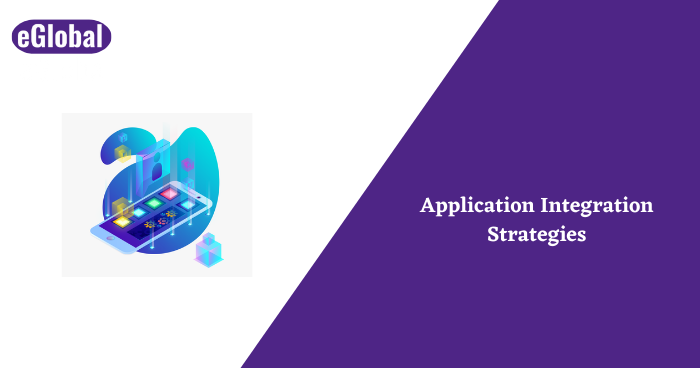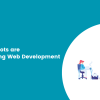

Today, several distinct cloud applications are available, and many businesses use cloud-based technologies to deliver services swiftly. Managing this across many platforms, on the other hand, would necessitate a significant amount of effort, time, and money. Businesses today are looking for a solution that eliminates manual processes, decreases dependency on spreadsheets and email, and increases visibility, efficiency, and uniformity across the board.
The term “application integration strategy” was coined due to this. Its presence brings a slew of advantages, including faster manufacturing, reduced time, data security, and storage, to name a few. Many businesses have begun to use them and are looking for new ways to properly utilize them.
Application integration allows multiple applications in an organization to share data, resources, and business processes. This makes connecting cloud and on-premises apps easier to use and convert data for a more efficient workflow.
Billing, marketing, accounting, and customer relationship management all benefit from application integration since it enhances data availability while also improving performance. It assists in developing a networking system that allows unrestricted data flow across applications without requiring significant changes to database configurations or application code. Most programs, which were developed at different times and by different suppliers, do not automatically communicate with one another, necessitating the use of additional technologies. This integration software helps to connect them.
This is one of the key tactics; depending on it, an application or software reads data or information that is stored in another location and vice versa. Regardless of whether the software was used internally or externally. The Application integration aids in the synchronization of all databases, providing for total data access throughout a company. Basically, an app reads data from another app or piece of software and starts the integration process.
Within the business integration strategies, data transmission is the most straightforward method. It requires establishing a specific link between numerous aspects, including location, file format, standards, and privileges, among others, to be implemented. A pre-existing relationship between the two sections is established.
In most businesses, individual databases are widespread, and they aid teams in completing everyday work. They’re frequently run by a team of people, which means there’s a lot of duplicate or garbage data distributed over multiple apps. This business application integration approach is responsible for storing data in a single database that includes all of the company’s software. It’s a tremendous help when it comes to eliminating unnecessary data storage. Its usage, on the other hand, is far greater.
Another advantage of having a separate but shared database is that all of the information saved in one of them keeps the applications in sync.
This happens when a programme exposes its function through an interface that acts as a layer for managing large datasets. If it has a robust and well-defined interface, other programmes can also use it without any compatibility issues.
According to the messaging integration approach, a company’s various applications can be kept connected owing to a message bus that unites them. The bus facilitates the transmission of information, functions, and data, resulting in a smooth communication flow. This type of software decoupling method uses a middleware platform that acts as a bridge. This allows for synchronous and asynchronous integration with high-speed message exchange and web services architecture.
New forms of corporate integration have emerged due to the advancement of diverse applications. Organizations’ primary integration means are the ESB infrastructure, and the architectural model provided by SOA technology. All of the businesses that have utilized these tactics in their IT have reaped the rewards.
Companies have been able to use their applications as service systems as a result of their deployment, which has given them a significant advantage over the competition.
When it comes to integrating many applications into their business data architecture, businesses frequently confront difficulties. On the other side, today’s application integration tools are loaded with technologies that help companies get more out of their operations with less effort. Aside from the benefits listed above, integration can help you get a competitive advantage over your competitors by allowing you to produce more efficiently and for less money. It also helps to cut down on investment costs and work hours.
Hope this Article is useful for our readers! hire best developers India for development solutions for your future projects……..

Mar 12, 2025

Mar 11, 2025

Mar 7, 2025

© 2017 All rights reserved.